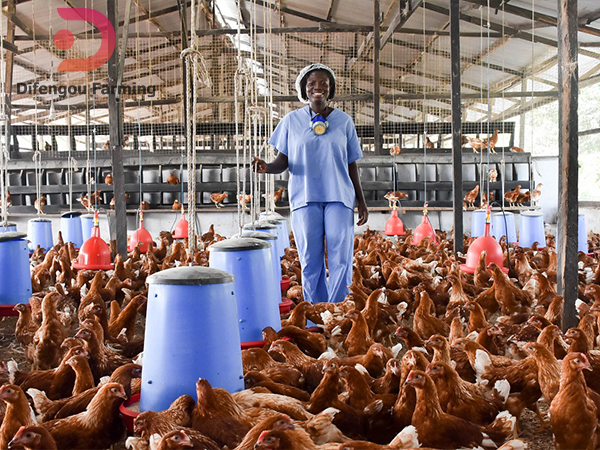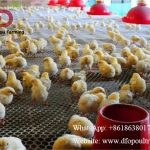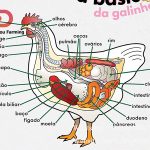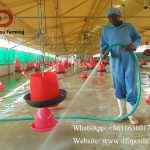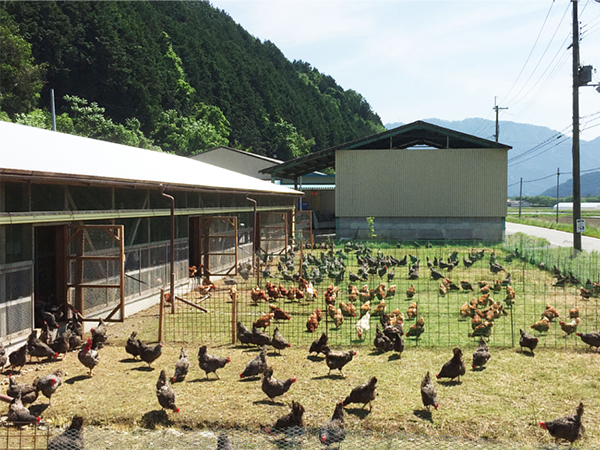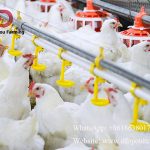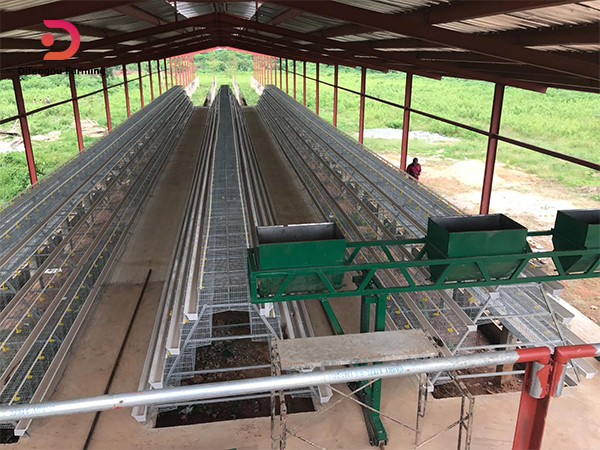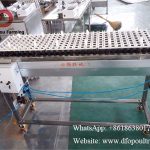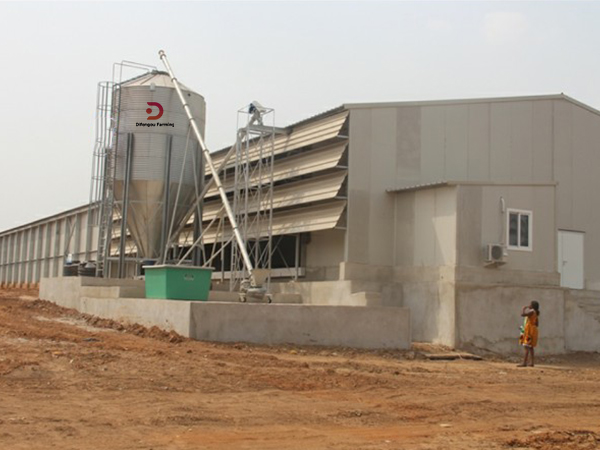Managing Sudden Declines in Egg Production: Causes and Preventive Strategies for Laying Hens
I. Disposal of Sudden Decline in Egg Production
Generally, laying hen flocks follow a predictable egg production pattern: they reach peak production a few weeks after laying begins, followed by a gradual decline until the end of the laying period. A sudden deviation from this trend, marked by an abrupt drop in egg production, requires immediate action. A comprehensive inspection of the production situation should be conducted to identify causes and implement appropriate measures.
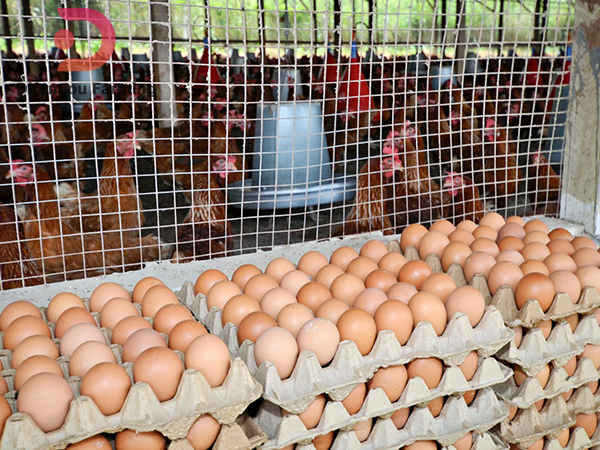
(1) Causes of Sudden Decline in Egg Production
A. Climate Influence
- 1. Seasonal Changes: In regions like northern China with distinct seasons, large temperature swings during seasonal transitions can stress laying hens, especially if chicken house insulation is inadequate, leading to a sudden drop in egg production.
- 2. Adverse Weather Impact: Extreme weather events—such as heatwaves, cold fronts, heavy storms, or snowstorms—can abruptly disrupt egg production if the flock is unprepared.
B. Improper Feeding Management
- 1. Water Stoppage or Feed Deprivation: A continuous lack of water or feed for several days will cause a sharp decline in egg production.
- 2. Insufficient Nutrition or Rapid Change: Diets lacking adequate protein, vitamins, minerals, or with improper ratios can reduce egg output. Sudden feed changes exacerbate this issue.
- 3. Stress Impact: Unusual noises in the chicken house, intrusions by small animals (e.g., rats, cats, birds), or management activities (e.g., catching chickens, cleaning feces) can startle the flock, triggering stress responses that lower production.
- 4. Light Control Issues: Sudden power outages, reduced lighting duration, weakened intensity, inconsistent schedules, or frequent light switching can disrupt normal egg-laying cycles.
- 5. Poor Ventilation Inside the House: Ventilation system failures during prolonged summer power outages, or insufficient ventilation in winter to preserve warmth, can degrade air quality and impair egg production.
C. Disease Factors
- Acute infectious diseases—such as Newcastle disease, infectious bronchitis, infectious laryngotracheitis, and egg drop syndrome—directly affect egg production. Additionally, vaccinations during the laying period or excessive drug use can introduce toxic side effects, further reducing output.
(2) Preventive Measures
A. Reduce Stress
- During seasonal shifts or extreme weather, promptly adjust chicken house temperature and enhance ventilation. Supplement feed with vitamins to mitigate flock stress.
B. Scientific Lighting
- Adhere strictly to a consistent lighting schedule during the laying period, maintaining 14–16 hours of daily light to support egg production.
C. Regular Inspection of Drinking Systems
- Routinely check water systems, repairing leaks or blockages immediately to ensure a steady supply.
D. Rational Feeding
- Use safe, reliable compound feeds with sufficient protein, methionine, vitamins, phosphorus, and sodium. Avoid abrupt feed changes; if necessary, transition gradually (replace 1/3, then 1/2, then 2/3 over 5–7 days).
E. Prevention, Disinfection, and Hygiene Work
- Vaccinate during brooding and growing stages, avoiding drugs that impact egg production during laying. Maintain hygiene with regular cleaning and weekly disinfection (1–2 times), increasing to daily (1–2 times) during outbreaks. Use suitable disinfectants on the roof, walls, floor, and equipment.
F. Scientific Feeding
- Stick to fixed feeding times and quantities. Avoid sudden reductions or restrictions, adjusting amounts seasonally as needed.
G. Proper Management of Temperature, Humidity, and Ventilation
- Maintain chicken house temperatures at 18–25°C and relative humidity at 55%–65%. Ensure fresh air; without instruments, air quality should not irritate eyes, cause tears, or carry strong odors upon entry.
H. Daily Observation
- Monitor the flock’s feeding behavior, feces, feathers, comb, and breathing daily. Address any abnormalities immediately.

